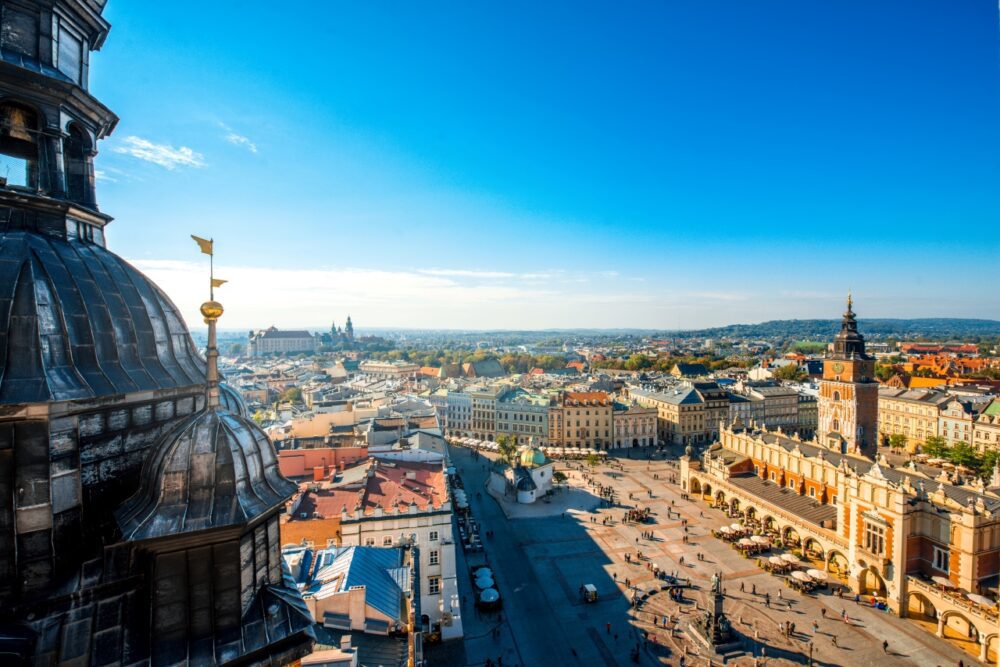
Is Kraków worth visiting? Absolutely! The first time I wandered through Kraków, I was struck by its undeniable charm and rich history. From the cobbled streets of its stunning Old Town to the majestic Wawel Castle overlooking the Vistula River, Kraków felt like stepping into a living museum. Whether I was soaking in the atmosphere at the lively Main Market Square or exploring the sombre history of Auschwitz-Birkenau nearby, Kraków left a lasting impression.
Located in southern Poland, Kraków is one of Europe’s most beautiful and historically significant cities. Its Old Town, a UNESCO World Heritage Site, is packed with architectural gems like St. Mary’s Basilica and the Cloth Hall. Beyond its historical sites, Kraków has a youthful energy thanks to its thriving cultural scene, buzzing nightlife, and cosy cafés. It’s also the gateway to must-see destinations like the Wieliczka Salt Mine and the Tatra Mountains. Whether you’re a history buff, a foodie, or just looking to experience a quintessential European city, Kraków has something for everyone.
But is Kraków worth visiting for you? In this blog post, we’ll dive into the top 10 reasons why Kraków should be on your travel list, from its historic landmarks to its lively atmosphere. Plus, we’ll share travel tips to help you make the most of your visit to this incredible Polish city. Keep reading to find out why Kraków is a must-see destination in Poland.
Table of Contents
Pros – Reasons You Should Visit Kraków
1. A Stunning and Well-Preserved Old Town
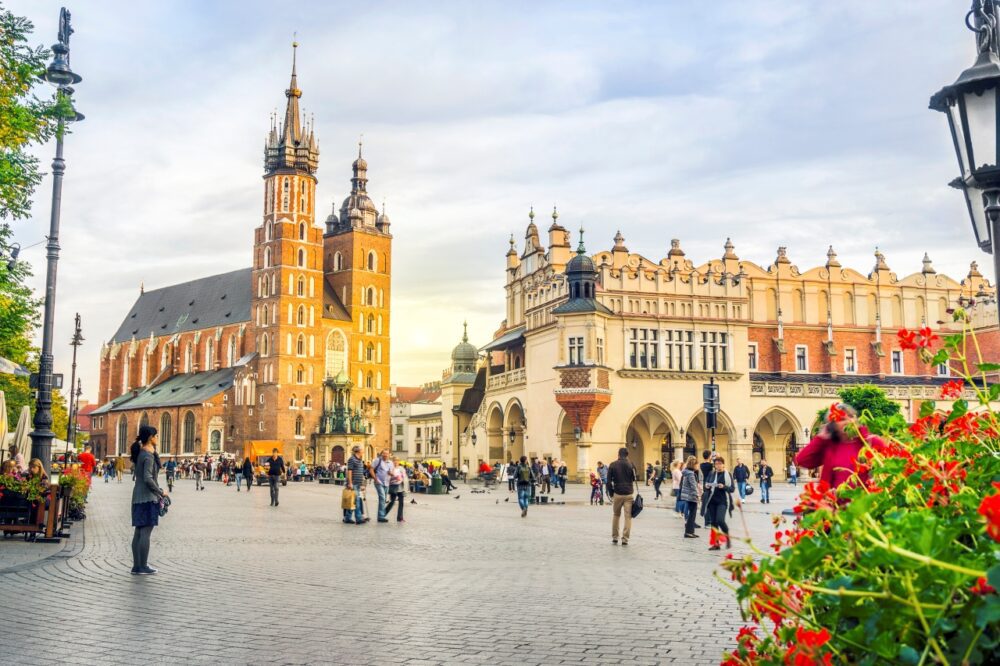
Kraków’s Old Town is one of the most beautiful and well-preserved medieval city centers in Europe. Unlike Warsaw, which was heavily damaged during World War II, Kraków escaped destruction, allowing its historic architecture to remain largely intact. The Main Market Square, one of the largest in Europe, is surrounded by stunning townhouses, churches, and landmarks like St. Mary’s Basilica and the Cloth Hall.
Walking through the Old Town felt like stepping back in time. The cobbled streets, lively cafés, and beautifully maintained buildings create a magical atmosphere, especially in the evening when the city is illuminated by soft lights. Whether you’re exploring hidden alleys, listening to the trumpet call from St. Mary’s Basilica, or simply sitting in a café watching the world go by, Kraków’s Old Town is a destination in itself.
2. Wawel Castle and Its Royal History
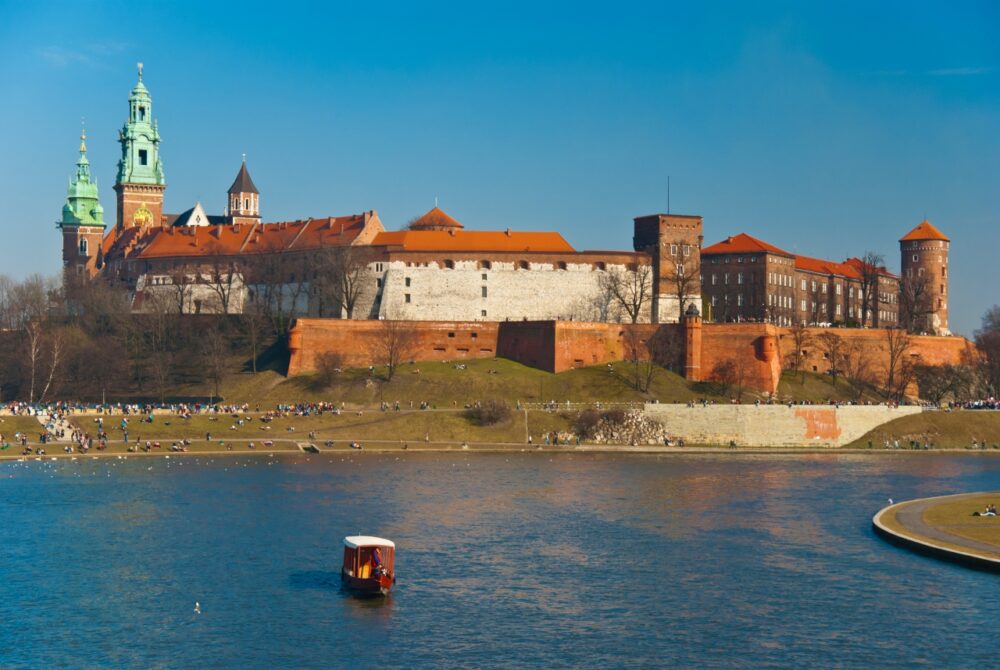
Wawel Castle is one of Poland’s most important historical sites, serving as the former residence of Polish kings for centuries. The castle complex includes stunning courtyards, grand halls, and the impressive Wawel Cathedral, where many Polish monarchs are buried. The combination of Renaissance, Gothic, and Baroque architecture makes it one of the most visually impressive castles in Europe.
I spent an entire afternoon exploring the castle grounds and was amazed by the richness of Polish history on display. The interiors were filled with beautiful tapestries, ornate furniture, and priceless artifacts. The views from the castle over the Vistula River were also spectacular. Whether you’re a history lover or just enjoy exploring grand architecture, Wawel Castle is an essential part of any visit to Kraków.
3. The Fascinating Jewish Quarter of Kazimierz
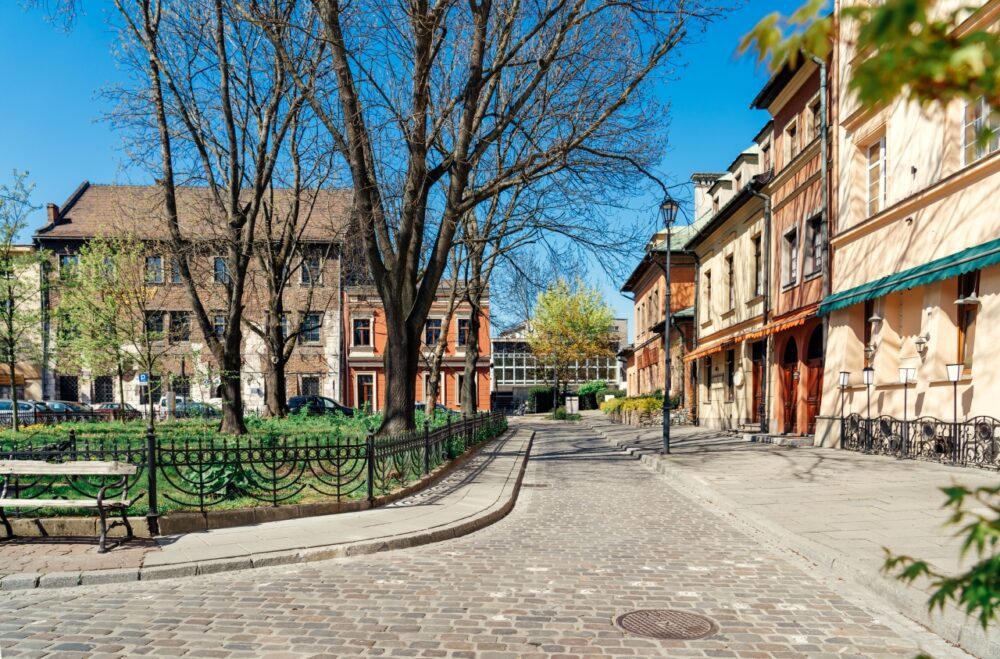
Kazimierz, Kraków’s historic Jewish quarter, is one of the most culturally rich and atmospheric parts of the city. Once a separate town, it became the heart of Jewish life in Kraków for centuries before suffering immense losses during World War II. Today, the neighborhood has been revitalized, with synagogues, museums, cafés, and art galleries that pay tribute to its history while also embracing modern creativity.
I loved the contrast in Kazimierz—one moment, I was exploring an old synagogue filled with historical exhibits, and the next, I was sipping coffee in a trendy café filled with local artists and students. The district’s street art, vintage shops, and independent restaurants give it a unique character that blends the past and present beautifully. If you’re looking for a part of Kraków with soul and history, Kazimierz is the place to be.
4. One of the Best Value Destinations in Europe
Kraków is one of the most affordable major cities in Europe, offering incredible value for money without sacrificing quality. Accommodation, food, attractions, and public transport are all relatively cheap compared to cities in Western Europe, making it an excellent choice for budget-conscious travelers. Even high-end restaurants and boutique hotels offer reasonable prices.
I was amazed at how affordable everything was. A delicious three-course meal at a nice restaurant cost less than a single main course in Paris or London. Public transport tickets were cheap, and entry fees to major attractions were very reasonable. If you’re looking for a city where you can enjoy great food, history, and culture without breaking the bank, Kraków is an excellent choice.
5. A Deep and Moving Connection to World War II History
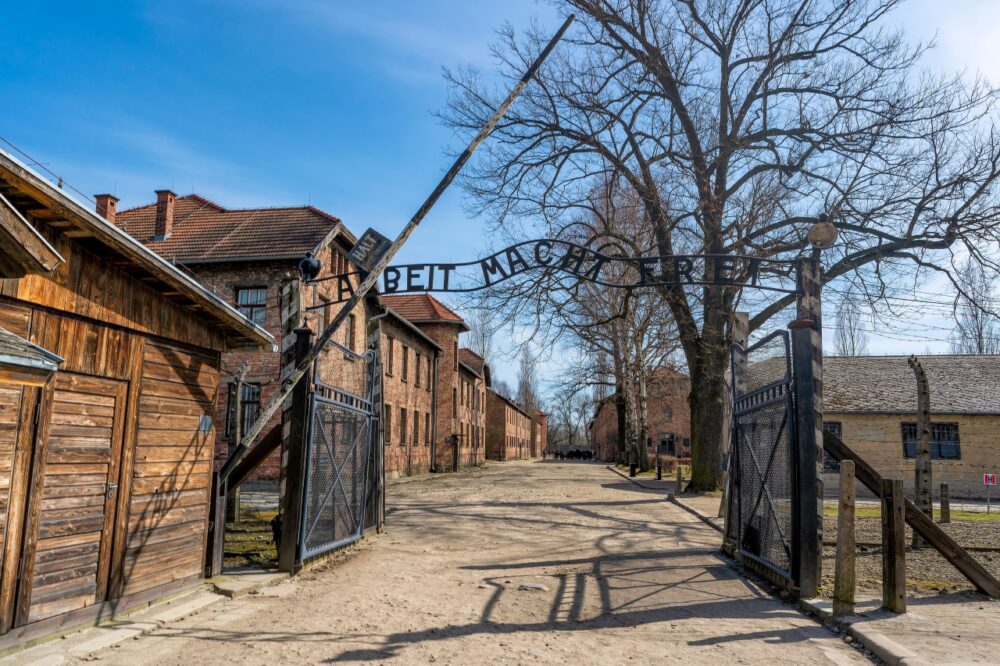
Kraków played a significant role in World War II history, and there are several important sites in and around the city where visitors can learn more about this period. The most well-known is Auschwitz-Birkenau, located about an hour’s drive from Kraków, where visitors can see the remains of the largest Nazi concentration camp and learn about the atrocities committed there.
Visiting Auschwitz was one of the most powerful and emotional experiences of my travels. The exhibits and preserved areas of the camp serve as an important reminder of the horrors of the Holocaust. Back in the city, Oskar Schindler’s Factory Museum provides another powerful perspective on the war, telling the story of how Schindler saved hundreds of Jewish workers. For those interested in history, Kraków offers a deeply meaningful experience.
6. Fantastic Polish Food and Traditional Restaurants
Polish cuisine is hearty, flavorful, and perfect for food lovers, and Kraków is one of the best places to experience it. Traditional dishes like pierogi (dumplings), bigos (hunter’s stew), and zapiekanka (a Polish-style open-faced sandwich) can be found everywhere, from casual street stalls to elegant restaurants. Kraków also has a growing scene of modern Polish cuisine, where chefs reinvent traditional recipes with creative twists.
I made it my mission to try as many pierogi as possible, from classic potato and cheese fillings to unique versions stuffed with duck or wild mushrooms. The city’s milk bars, traditional canteen-style eateries that serve affordable Polish meals, were a great way to try authentic food without spending much. If you love comfort food with rich flavors, Kraków is a fantastic destination for dining.
7. One of the Best Nightlife Scenes in Poland
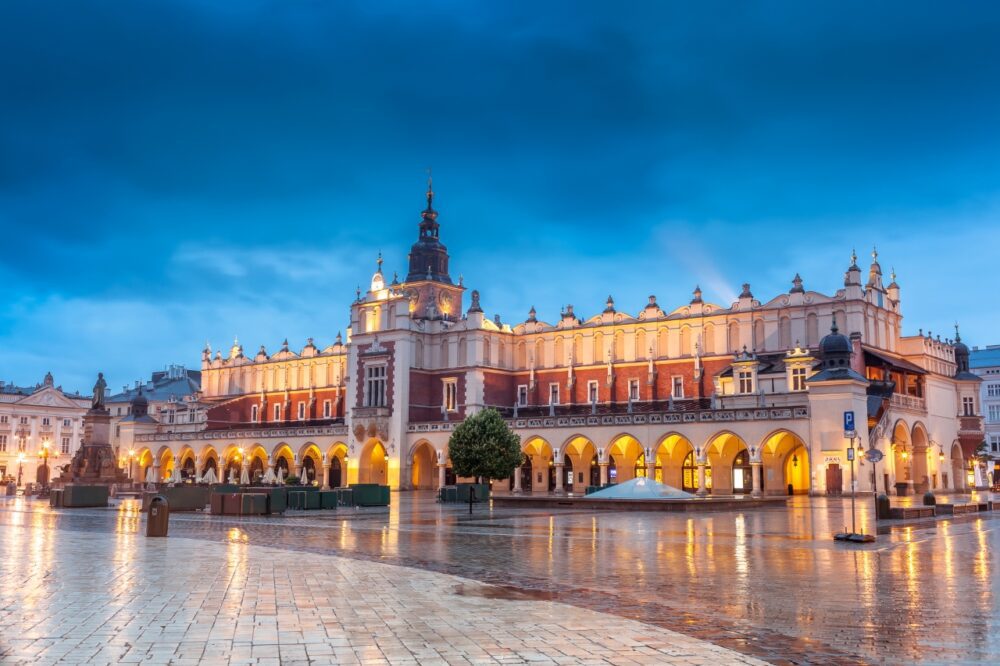
Kraków has a surprisingly lively nightlife scene, with a mix of trendy cocktail bars, underground jazz clubs, and lively beer halls. The city is home to one of the highest concentrations of bars per square meter in Europe, especially in areas like Kazimierz and the Old Town. Whether you’re looking for a casual drink, live music, or an all-night dance party, Kraków has something for everyone.
I found that Kraków’s nightlife had a more relaxed and authentic feel compared to some other European cities. Instead of flashy, touristy nightclubs, there were cozy bars with candlelit tables, hidden speakeasies, and historic cellars turned into music venues. The local vodka bars were particularly fun—sampling different flavors of Polish vodka was an experience in itself.
8. The Wieliczka Salt Mine is Unlike Anything Else
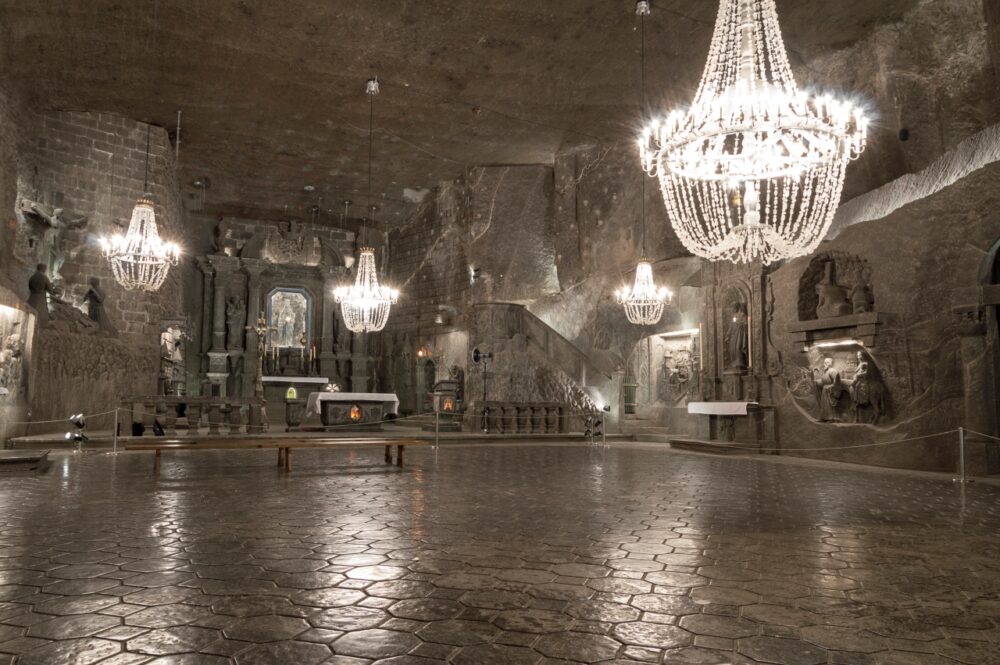
Just outside Kraków, the Wieliczka Salt Mine is one of the most unique attractions in Europe. This UNESCO-listed site is a vast underground network of tunnels, chapels, and sculptures, all carved from salt. Visitors can descend deep into the mine to explore its stunning chambers, including a full-sized cathedral made entirely of salt.
Walking through the salt mine felt like entering a different world. The scale of the underground rooms was mind-blowing, and the craftsmanship of the salt carvings was incredible. The air inside the mine was also incredibly fresh due to the natural properties of salt, making it a unique experience beyond just sightseeing.
9. A Walkable and Pedestrian-Friendly City
Kraków’s compact size makes it an ideal city for walking. The Old Town, Kazimierz, and Wawel Castle are all within easy walking distance of each other, meaning you rarely need to rely on public transport. Even the longer walks, such as those along the Vistula River, are scenic and pleasant.
I loved how easy it was to explore Kraków on foot. The streets were well-maintained, and there were plenty of pedestrian-only areas that made wandering around enjoyable. Unlike some larger cities where you constantly need to take transport between sights, Kraków’s walkability makes exploring effortless and enjoyable.
10. A Magical Atmosphere, Especially in Winter
Kraków is beautiful year-round, but it becomes truly magical in winter. The Main Market Square is home to one of the best Christmas markets in Europe, with twinkling lights, mulled wine, and handmade crafts. If you’re lucky, you might even see the city covered in snow, adding to its fairy-tale charm.
I visited Kraków in December, and the Christmas market was one of the highlights of my trip. The scent of roasted nuts and spiced wine filled the air, and the entire city felt festive and cozy. Even in colder months, Kraków remains full of life, making it a great winter destination.
Cons – Things to Consider When Visiting Kraków
1. The Old Town Can Get Overcrowded, Especially in Summer
Kraków is one of the most popular destinations in Central Europe, attracting millions of tourists every year. While the city’s charm is undeniable, its most famous areas—especially the Main Market Square, Wawel Castle, and the streets of the Old Town—can become extremely crowded, particularly in the summer months and around Christmas. Tour groups, school excursions, and independent travelers all converge in the same areas, making it hard to fully appreciate the city’s beauty in peak season.
I visited in July, and by midday, the Main Square was packed with people. While the lively atmosphere was exciting, it sometimes felt overwhelming, especially when trying to take photos or enjoy a quiet moment. The crowds were even more noticeable at Wawel Castle, where the lines for tickets were long, and guided tour groups made some areas feel congested. If you want to experience Kraków without the masses, visiting in the shoulder seasons—spring or early autumn—is a much better option.
2. Air Pollution Can Be a Problem in Winter
While Kraków is stunning in the winter, it also has one of the highest levels of air pollution in Poland, particularly from November to February. Many older buildings still rely on coal for heating, and combined with low temperatures and little wind, this leads to heavy smog that can make outdoor activities uncomfortable. On some days, the pollution levels can be high enough that locals and visitors are advised to limit time spent outside.
I noticed the pollution on a particularly cold evening in December when a hazy layer hung over the city. The air smelled of burning fuel, and after walking outside for a while, I could feel the irritation in my throat. While it wasn’t unbearable, it did make me appreciate indoor attractions more. If you have respiratory issues or are sensitive to air quality, checking pollution levels before visiting in winter is a good idea.
3. Some Areas Outside the Historic Center Feel Worn Down
While Kraków’s Old Town, Kazimierz, and Wawel Castle are beautifully preserved, some of the areas outside these tourist-friendly districts feel less maintained. Certain parts of the city still have Soviet-era apartment blocks, graffiti-covered walls, and infrastructure that looks a bit outdated. While this doesn’t make the city unsafe, it does create a noticeable contrast between the charming historic center and the less polished outskirts.
I stayed in an Airbnb slightly outside the Old Town, and while my apartment was comfortable, the surrounding area had a few rundown buildings and streets that weren’t as well-kept. This contrast isn’t uncommon in Eastern and Central European cities, but if you’re expecting the entire city to have the same charm as the Main Market Square, you might be a bit surprised by the differences.
4. Some Attractions Require Booking in Advance
Kraków’s most famous historical sites, including Auschwitz-Birkenau and the Wieliczka Salt Mine, are among the most visited attractions in Poland. Because of their popularity, tickets often sell out days—or even weeks—in advance, especially during peak season. If you don’t plan ahead, you may struggle to get a spot, or you might have to settle for inconvenient time slots.
I learned this the hard way when I tried to visit Auschwitz on short notice. All the guided tours were fully booked, and the only remaining entry slots were either very early in the morning or late in the afternoon. Luckily, I managed to find a tour for the next day, but it was a reminder that some of Kraków’s top attractions require advance planning. If you have a tight schedule, booking your major excursions ahead of time is essential.
5. Winters Can Be Harsh, with Cold Temperatures and Short Days
Kraków’s winters can be magical, especially with snow-covered rooftops and festive Christmas markets, but the weather can also be challenging. From December to February, temperatures often drop below freezing, and the days are noticeably short, with the sun setting as early as 3:30 or 4:00 PM. The combination of cold temperatures, icy sidewalks, and long nights can make sightseeing less enjoyable, particularly for visitors who aren’t used to harsh winters.
I visited in early January, and while the city was beautiful, the cold was intense, especially when walking along the river or exploring outdoor sites like Wawel Castle. After an hour or two outside, I found myself constantly looking for a warm café to escape the chill. If you’re not a fan of winter weather, visiting in spring or autumn might be a better option, as you’ll still get the city’s charm without the freezing temperatures.
When to Visit Kraków
The best times to visit Kraków are spring (April to June) and autumn (September to October), when the weather is mild, and the city’s parks and historic streets are alive with colour. These seasons also offer fewer crowds compared to the summer peak. Summer (July to August) is warm and vibrant, with open-air events and festivals like the Jewish Culture Festival adding energy to the city. Winters in Kraków can be cold, but the festive season transforms the Main Market Square into a magical scene, with Christmas markets and holiday lights creating an unforgettable atmosphere.
How to Get to Kraków
John Paul II Kraków-Balice Airport (KRK), located just 11 kilometres from the city centre, is the primary gateway, serving airlines like LOT Polish Airlines, Ryanair, and Lufthansa. From the airport, trains connect to Kraków’s main station in 20 minutes, while airport buses and taxis are also available. Alternatively, Katowice Airport (KTW), about 100 kilometres away, serves additional budget carriers, with bus services connecting it to Kraków in 90 minutes. Kraków is also accessible by train, with direct connections to other Polish cities and international routes.
Where to Stay in Kraków
Kraków offers a wide range of accommodation options across its historic districts:
- Luxury: Old Town – Stay near iconic landmarks like Wawel Castle and the Main Market Square. Options include Hotel Stary, offering five-star elegance, and Balthazar Design Hotel, known for its boutique charm.
- Mid-range: Kazimierz District – Ideal for exploring Kraków’s vibrant Jewish quarter. Consider Golden Tulip Kazimierz Hotel or Hotel Rubinstein, both combining comfort with cultural appeal.
- Budget: Podgórze District or Old Town Hostels – Affordable stays like Dizzy Daisy Hostel or Hostel Deco provide great value in central and lively locations.
Getting Around Kraków
Kraków’s compact city centre is best explored on foot, especially the Old Town, Kazimierz, and along the Royal Route. For longer distances, the city’s efficient MPK Kraków public transport system includes trams and buses, with affordable single tickets or day passes available. Cycling is also a great way to get around, with bike rentals and a bike-sharing system, Wavelo, offering convenient options. Taxis and ride-hailing apps like Bolt are available, but public transport or walking are usually quicker and more affordable.
How Long to Spend in Kraków
Three to four days is perfect for experiencing Kraków’s highlights, including the Main Market Square, Wawel Castle, and the moving Schindler’s Factory Museum. This timeframe allows time to explore the historic Kazimierz District, visit the Wieliczka Salt Mine, and enjoy local cuisine in the city’s vibrant restaurants. With an extra day, consider a trip to Auschwitz-Birkenau, a significant but sombre historical site located about an hour away. Kraków’s rich history, culture, and welcoming atmosphere make it one of Europe’s most rewarding cities to explore.
Conclusion
So, is Kraków worth visiting? Absolutely! With its breathtaking Old Town, fascinating history, and vibrant cultural scene, Kraków is one of Poland’s most enchanting cities. Highlights like Wawel Castle, the Main Market Square, and day trips to Auschwitz or the Wieliczka Salt Mine make it a destination packed with memorable experiences. While it can get busy during peak seasons, its beauty and cultural richness more than make up for it. If you’re ready to fall in love with one of Europe’s most captivating cities, start planning your trip to Kraków today—you won’t regret it!
